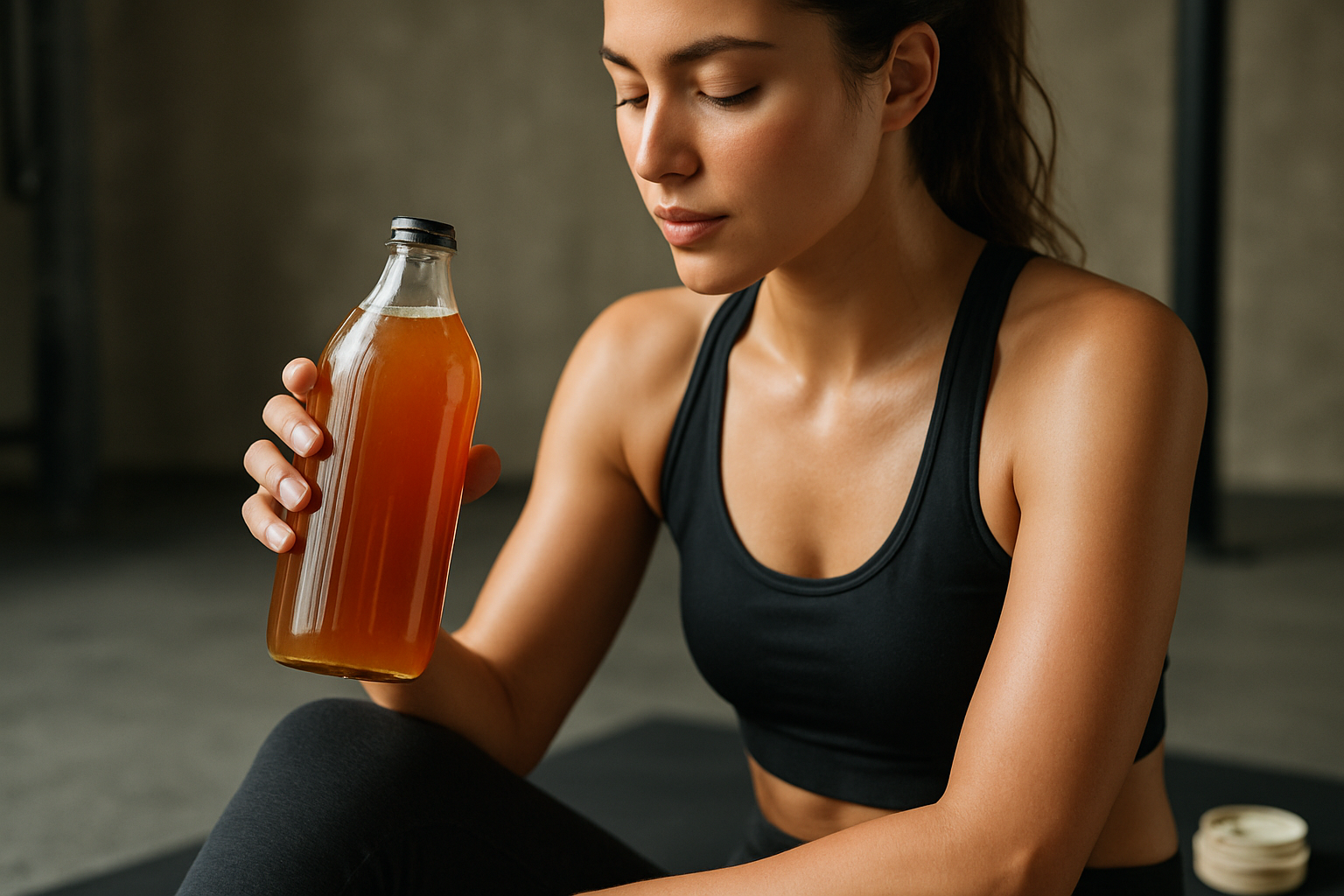Practical scheduling tips to align workouts with skin-recovery windows
Timing workouts around your skin’s natural recovery phases can help reduce irritation, inflammation, and post-exercise breakouts while supporting overall wellness. This short guide outlines how to pair movement, hydration, sleep, nutrition, and mobility work with dermatology-backed recovery windows so your routine supports both fitness goals and skin health.

Skincare and timing
Prioritize gentle skincare before and after exercise to reduce friction and pore-clogging. Cleanse with a mild, pH-balanced product before heavy sweating to remove makeup and topical treatments that may trap sweat. After exercise, a prompt rinse or gentle cleanse helps clear sweat, sebum, and environmental particles that can contribute to inflammation or acneiform eruptions. Schedule intense facial treatments, chemical peels, or retinoid use away from heavy training days so the skin has uninterrupted recovery time and lower risk of irritation.
How movement affects skin recovery
Different types of movement create different skin stresses. High-intensity or endurance sessions increase sweat production and skin temperature, which can transiently alter barrier function and microbiome balance. Low- to moderate-intensity workouts minimize excessive sweating and are good choices on days when you’re using active dermatology treatments. Plan heavier training when your schedule allows for extended post-workout cleansing and recovery, and reserve lighter mobility or restorative movement on treatment days.
Hydration and inflammation control
Hydration supports barrier function and helps regulate systemic inflammation that affects recovery. Drink fluids before, during, and after exercise, and consider electrolyte balance for longer endurance sessions. Topical and systemic hydration are complementary: use non-comedogenic moisturizers to maintain epidermal health after sweating, and avoid heavy occlusives immediately before intense exercise. Timing adequate hydration so you’re replenished within the first hour after training can support both recovery and reduction of exercise-related inflammation.
Sleep and dermatology connections
Sleep is a primary recovery window for both skin and muscular systems. Nighttime is when cellular repair, collagen synthesis, and inflammatory regulation peak. Schedule intense workouts earlier in the day when possible to allow cortisol and temperature to normalize before bedtime, which supports better sleep quality. If evening exercise is unavoidable, include a wind-down routine—cooling shower, gentle skincare, and a consistent sleep schedule—to protect your skin’s nightly repair processes.
Nutrition, endurance, and skin repair
Nutrition timing can influence skin recovery after endurance or resistance sessions. Protein and micronutrients that support collagen synthesis, such as vitamin C and zinc, are helpful in the post-exercise window to support repair. For longer endurance efforts, avoid high-glycemic foods immediately after training that could worsen inflammation or acne-prone skin. Distribute balanced meals and snacks across the day so nutrients for skin repair are consistently available during recovery phases.
Mobility, routine, and recovery windows
Incorporate mobility work and lower-intensity movement on days when your skin needs recovery, such as after resurfacing treatments or during flare-ups of inflammation. A consistent routine that alternates high-intensity training with active recovery days helps prevent chronic inflammation and supports barrier restoration. Use mobility sessions to increase circulation and lymphatic flow without excessive sweat, helping nutrients and immune cells reach the skin during its natural repair windows.
This article is for informational purposes only and should not be considered medical advice. Please consult a qualified healthcare professional for personalized guidance and treatment.
Conclusion Balancing workouts with skin-recovery windows involves deliberate scheduling and small adjustments in skincare, hydration, sleep, nutrition, and movement intensity. By planning intense sessions when you can follow them with cleansing and rest, prioritizing sleep and nutrient timing, and using mobility or low-intensity days during dermatology treatments, you can support both fitness progress and skin health. These practical steps help reduce inflammation and irritation while maintaining a sustainable routine.





